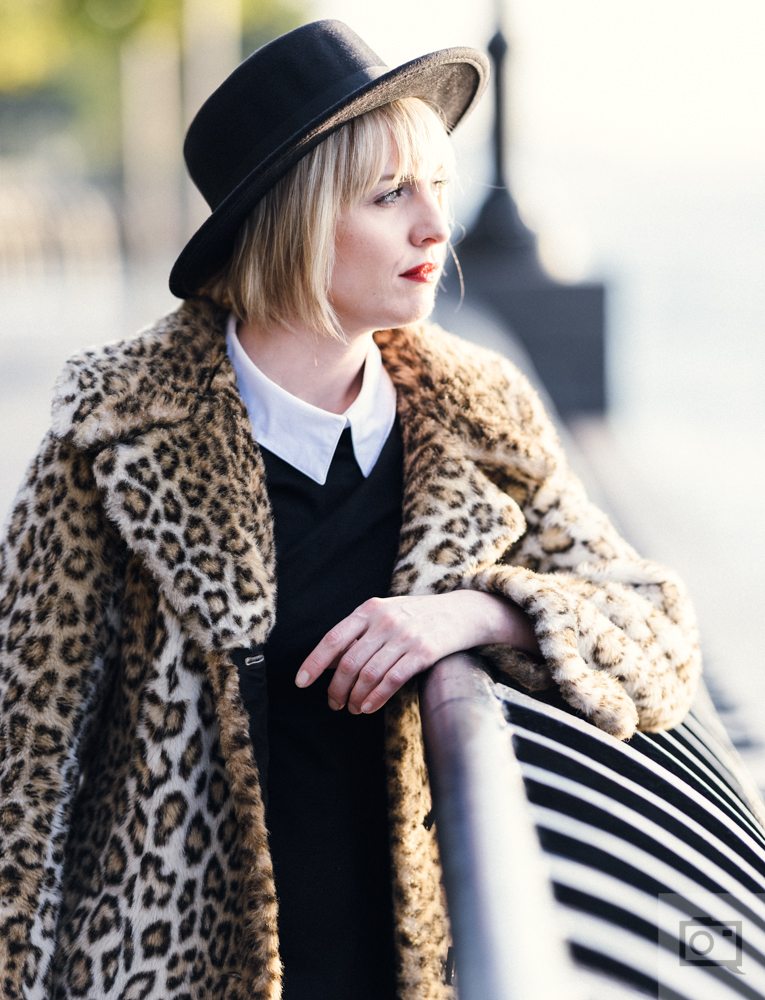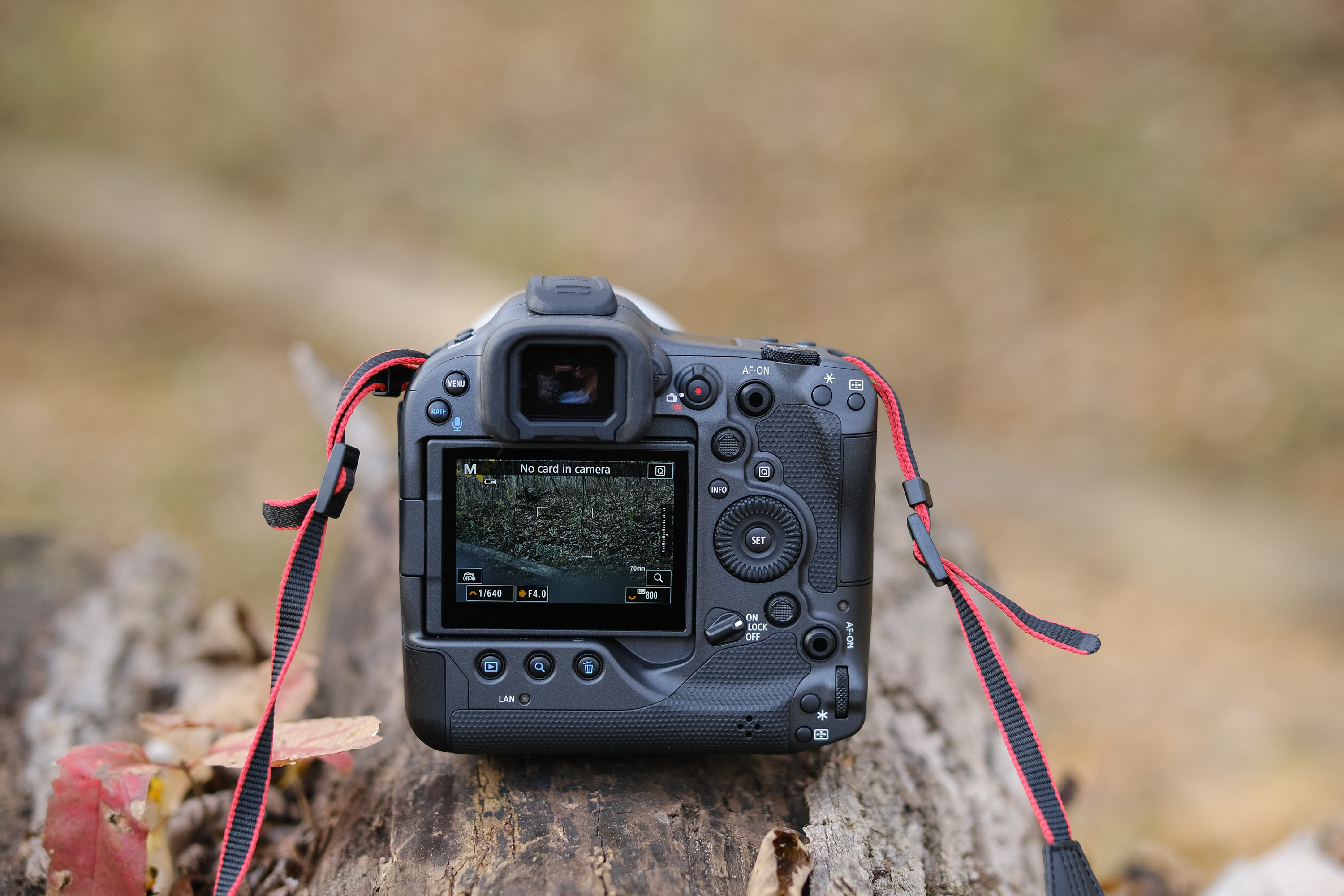If you’re a huge fan of using the electronic shutter on your camera, know that you’re probably not getting the best images that you can. Canon, as well as many other camera companies, tend to cut down on the depth with electronic shutter modes. But here’s a bigger question you need to ask yourself: does it really matter? You could be just using the electronic shutter because you prefer the extra image stabilization and can’t handhold a camera correctly.
So here’s what’s going on: in the mechanical shutter mode, your camera shoots in 14-bit RAW mode. Thus, there’s more depth. But in the electronic shutter mode, it goes down to 12-bit RAW. There’s a rational reason for that too. The electronic shutter mode was primarily designed with working professionals in mind. That’s to say that photographers who worked to get their settings, exposures, and lighting correct are the ones that engineers think will use it. I mean, look at what the Sony a9 was able to do when it hit the market, for example. It targeted pros that really needed the speed. It wasn’t targeted at some guy on the street shooting photos of a model with LEDs.
Those pros don’t necessarily need the extra bit depth because they need to get the shot. Furthermore, they’re most likely not doing a lot of editing. Did you know that Getty photographers need to shoot in JPEG, for example? So they really need to ensure that their settings are in place first before they get the shot. With some cameras like the Nikon z7 II, it will shoot 14 bit RAW below 10 frames a second.

Some of this gets confused in the nomenclature of compressed, uncompressed, lossless compressed, etc. And brands aren’t always very willing to explain what one means vs the other.
This then piques a curious question: do you really need 12-bit image depth? Or do you really need to shoot 20 frames a second when doing portraiture? And more importantly, why do you need to do both? Are you doing a lot of post-production later? Will you only do some basic adjustments? What about color editing?
Now, I’m not telling people not to shoot with the electronic shutter. There are surely moments where I’ve valued it more than not. Electronic shutter is great for when you’re trying to make sure that someone doesn’t hear you taking a photo like with street photography and certain candid shooting moments during events. It can pull people out of their own current realities, which isn’t what photographers want to do. But at other times, I’ll totally use mechanical shutters. In fact, if you’re using a flash, I don’t really understand why you’d want to shoot with a flash using an electronic shutter at all. The only thing that I can think of is for the extra image stabilization. But that’s canceled out with flash duration that acts as a second shutter.
So what’s the point of all this? Well, maybe it will change the way that you shoot. Maybe you’ll shoot fewer frames and try to react and predict what your subject is going to do. Otherwise, you’ll perhaps know that your camera shoots 12-bit RAWs for what you’re trying to do. On top of that, you’ll know that it won’t matter anyway because you’re shooting JPEGs.


